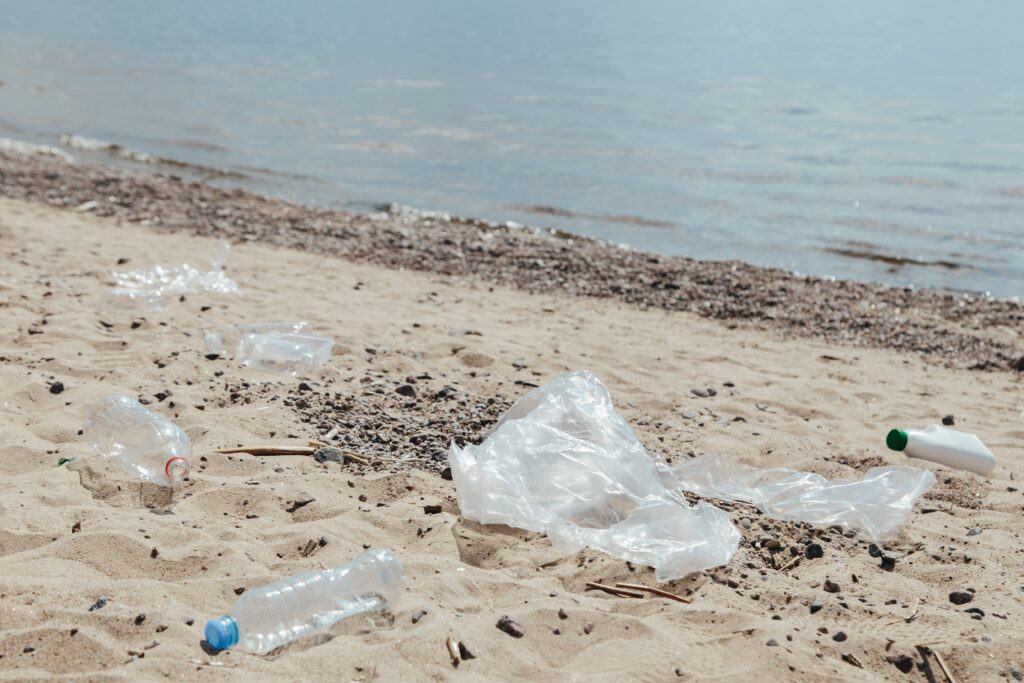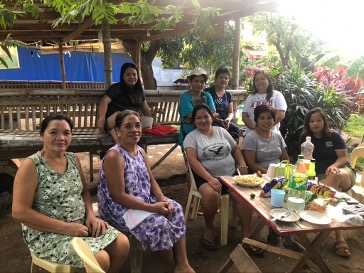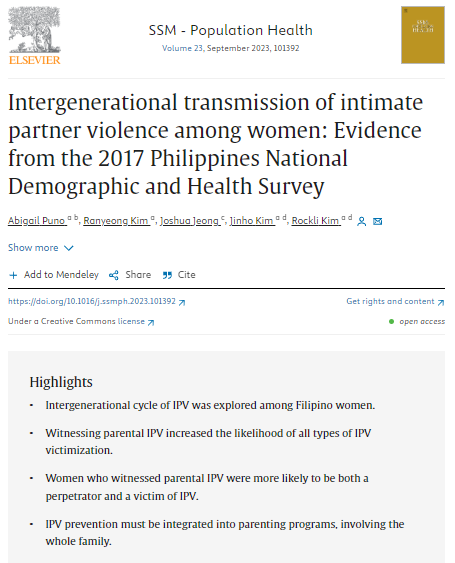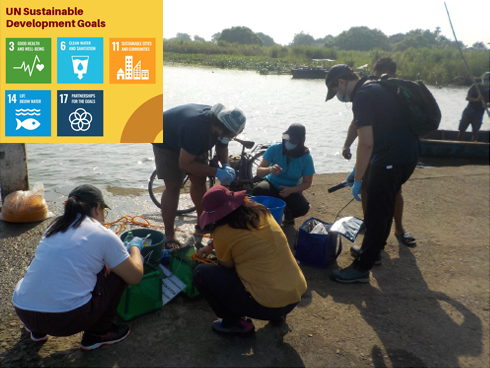Research
As the national university, we champion and support innovative research that addresses the country’s most pressing challenges.
02 Jan 2024
02 Jan 2024
Researchers develop first marine plastics pollution database in Southeast Asia
The Southeast Asian region has been consistently tagged as among the top polluters of plastic in the oceans, with the...
Read More02 Jan 2024
Despite having positive views about queering English language teaching, teachers report limited knowledge of queer concepts
In the last two decades, there has been an increasing acknowledgement of and interest in the role of education in...
Read More29 Nov 2023
“No home birthing” policy affected the social and economic status of hilots and the well-being of mothers in a community
The paper aims to document the ways people understand, practice and experience pregnancy and childbirth in a community in Batangas,...
Read More24 Nov 2023
Filipino women exposed to violence between their parents are likely to be both a perpetrator and a victim of intimate partner violence
Violence can be transferred from one generation to another through social learning. Social learning theory posits that behaviors and values...
Read More22 Nov 2023
Children’s writers can present issues to young readers through words, linguistic structures and literary devices
This research focuses on the analysis of five stories for children written by Filipino authors and published in the Philippines...
Read More17 Nov 2023
Study looks at how Filipino researchers write articles in Philippine English and its implications for academic writing
For over half a century, Philippine English has existed as a linguistic issue in the Philippines. Despite the numerous studies...
Read More14 Nov 2023
Tools and methods in establishing lake resource vulnerability and assessing pollution abatement technologies towards a water quality improved Laguna Lake
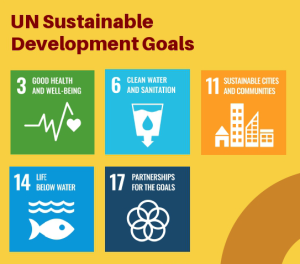
Laguna Lake is an important water resource and...
10 Nov 2023
The local Chinese population helped make Iloilo the textile capital of the Philippines in the 19th century
Textiles played a significant role in Philippine economic history. In this study, archival materials and records have shown that the...
Read More07 Nov 2023
Knowing whether initiatives are employee-led, leader-led, organization-led or HR-led can increase organization citizenship behavior in the service industry
Most studies about organizational citizenship behavior (OCB) focus on actions that employees, supervisors, or owners of organizations should exhibit. OCB...
Read More03 Nov 2023
Public lecture to tackle challenges to democracy and politics in a post-truth era
The University of the Philippines Cebu Central Visayas Studies and College of Social Sciences in cooperation with the Critical Policy...
Read More27 Oct 2023
First and most extensive study in the Philippines shows diagnostic accuracy of a multivariate index assay alone and in combination with ovarian imaging for ovarian cancer prediction
This study determined the utility of ovarian imaging and a second-generation multivariate index assay in predicting the risk of ovarian...
Read More
